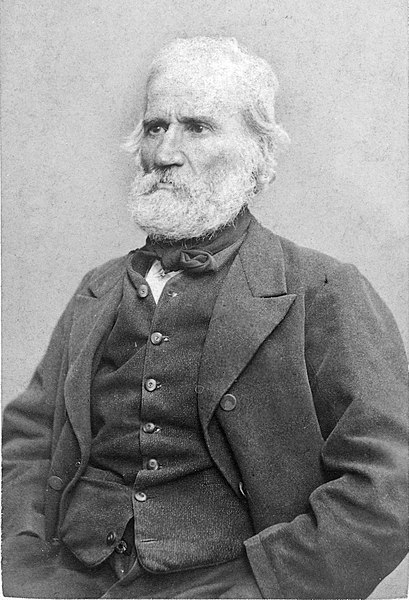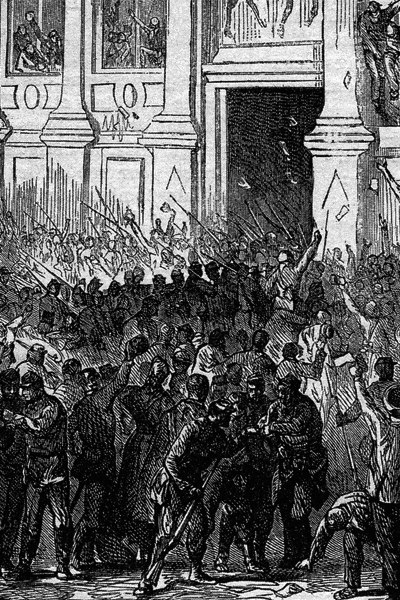Pétroleuses were, according to popular rumours at the time, female supporters of the Paris Commune, accused of burning down much of Paris during the last days of the Commune in May 1871. During May, when Paris was being recaptured by loyalist Versaillais troops, rumours circulated that lower-class women were committing arson against private property and public buildings, using bottles full of petroleum or paraffin which they threw into cellar windows, in a deliberate act of spite against the government. Many Parisian buildings, including the Hôtel de Ville, the Tuileries Palace, the Palais de Justice and many other government buildings were in fact set afire by the soldiers of the Commune during the last days of the Commune, prompting the press and Parisian public opinion to blame the pétroleuses.
Pétroleuses arrested in Versailles
The Paris Commune was a French revolutionary government that seized power in Paris from 18 March to 28 May 1871. During the Franco-Prussian War of 1870–71, the French National Guard had defended Paris, and working-class radicalism grew among its soldiers. Following the establishment of the Third Republic in September 1870 and the complete defeat of the French Army by the Germans by March 1871, soldiers of the National Guard seized control of the city on March 18. They killed two French army generals and refused to accept the authority of the Third Republic, instead attempting to establish an independent government.
A barricade thrown up by Communard National Guard on 18 March 1871.
Louis Auguste Blanqui, leader of the Commune's far-left faction, was imprisoned for the entire time of the Commune.
Revolutionary units of the National Guard briefly seized the Hôtel de Ville on 31 October 1870, but the uprising failed.
Adolphe Thiers, the chief executive of the French Government during the Commune





